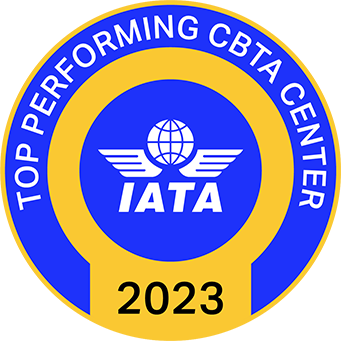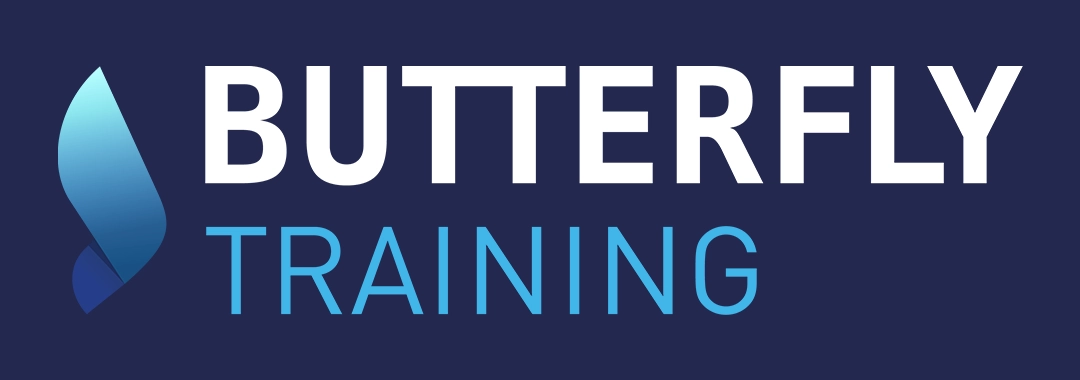11.2.3.11 Inflight Security Measures Training


Butterfly Training has been awarded Top Innovative and Top Performer CBTA Center by the International Air Transport Association (IATA) for 2023.
11.2.3.11 Inflight Security Measures Training
Course Code 11-2-3-11-2023-EN-IE
Prerequisites:
- A good understanding of English (if there is any doubt please contact us and we can discuss training options)
- A completed background check (in accordance with the NCASP)
- An operational need to undertake security-sensitive
Target Group : Flight and cabin crew members implementing in-flight security measures
Training Language: English
Duration: 3,5 hours
Final Test: Once the trainee has passed the final exam, he/she will be provided with a e-Certificate that can be printed. The certificate is then valid for 36 months.
Certification: The trainee receives his/her certificate as soon as he/she has successfully passed the final test.
Validity: 3 years.
Teaching resources :
- Training material available online
- Exercises and self-assessment MCQs available on the site
- Asynchronous remote tutoring is available by e-mail in the event of particular learning difficulties, using the “Contact us” form.
Course Outline
- To teach the trainee about previous acts of unlawful interference with civil aviation, terrorist acts and current threats (11.2.2)
- To teach the trainee about elements contributing to the establishment of a robust and resilient security culture in the workplace and in the aviation domain
- To teach the trainee about insider threat and radicalisation
- To teach the trainee about the objectives and organisation of aviation security, including the obligations and responsibilities of flight and cabin crew members
- To teach the trainee about how to protect and prevent unauthorised access to aircraft
- To teach the trainee about procedures for sealing aircraft
- To teach the trainee how to be able to identify prohibited articles
- To teach the trainee about how prohibited articles may be concealed
- To teach the trainee about how to be able to implement aircraft security searches to a standard sufficient to reasonably ensure the detection of concealed prohibited articles
- To teach the trainee about the configuration of the type or types of aircraft on which the duties are performed
- To teach the trainee about how to protect flight deck during the flight
- To teach the trainee about procedures relevant to the carriage of potentially disruptive passengers on board an aircraft
- To teach the trainee about handling persons authorised to carry firearms on board
- To teach the trainee about reporting procedures
- To teach the trainee how to respond appropriately to security related incidents and emergencies on board an aircraft
Talk to an Aviation Security Expert
To find out more :
European regulatory framework:
Regulation (EU) No 2015/1998, of 28 October 2015, amending Regulation (EU) No 181/2011, as regards aviation security measures.
Annex III to Regulation (EU) No 2015/1998: Basic elements of initial airport security training.
EU regulatory framework:
Order of 11 September 2013 amending the order of 29 June 2010 on security measures at airports.
Annex 1 to the Order of 11 September 2013: Initial airport security training programme.
Useful websites:

